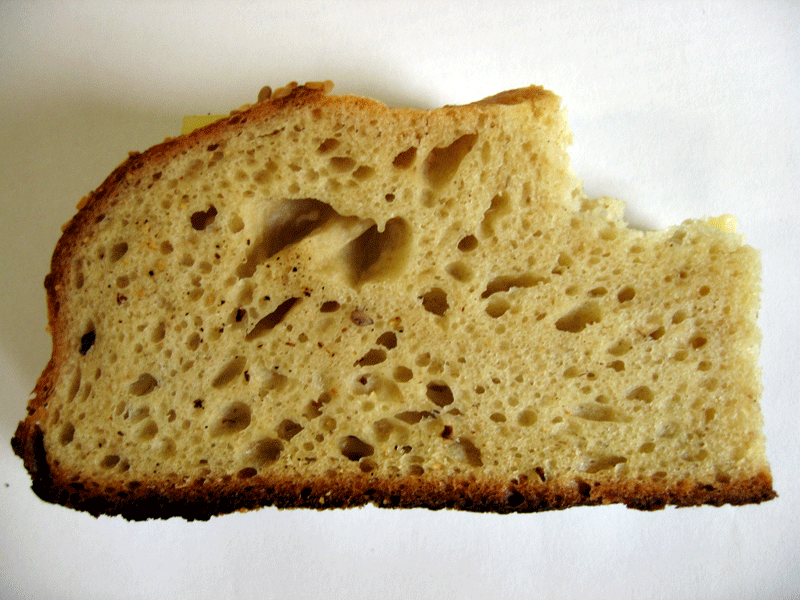I was reading Elizabeth David's English Bread and Yeast Cookery in search of the straight dope on Lardy Cake, which I've promised expat friends for a forthcoming English Tea. Having found what I needed, I decided to treat myself to rereading her consummate explanation of the perfect English Cottage Loaf, and how to make it. And there I discovered a lengthy passage, prompted by the recollections of Virginia Woolf's cook Louie Mayer, pointing out both that Woolf herself was a great baker (who knew?) and that she started her bread in a cold oven and baked it under a pot, to create a hot and steamy atmosphere during the first half of the bake.
There’s more ➢
